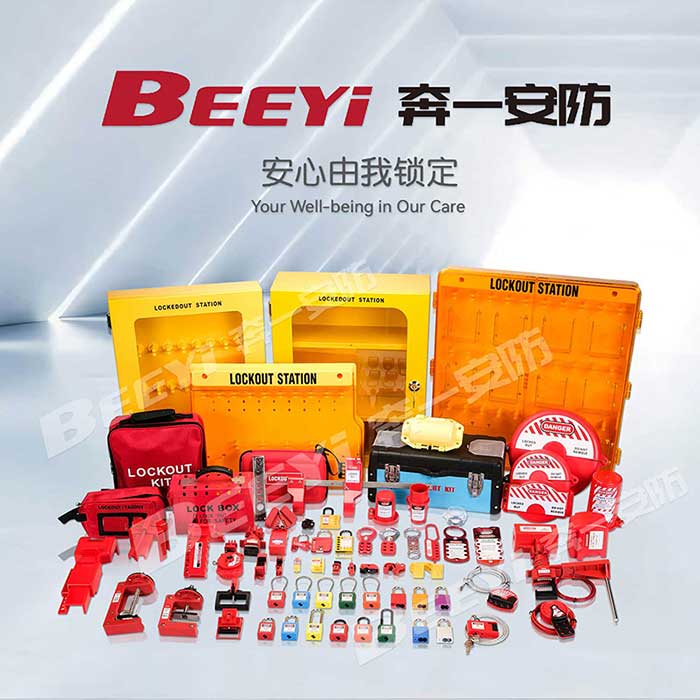the importance of lock out equipment in workplace safety
Release time:2025-10-21 20:31:43
Lock out equipment, also known as Lock Out/Tag Out (LOTO) devices, plays a critical role in ensuring safety in various industrial and manufacturing settings. It is a vital component of workplace safety protocols, especially when employees need to perform maintenance or repairs on machinery and equipment. The purpose of lock out equipment is to prevent the accidental release of hazardous energy, which can cause serious injury or even death. This article delves into the importance of lock out equipment, its components, usage scenarios, and its role in promoting a culture of safety.

What is Lock Out Equipment?
Lock out equipment refers to physical devices used to lock the energy-isolating mechanisms of machinery and equipment to prevent its accidental operation while maintenance or repair work is being carried out. It ensures that machines are completely de-energized and cannot be started unintentionally, thus safeguarding workers who may be exposed to dangerous moving parts, electrical currents, or other hazardous energy sources during the repair process.
Key Components of Lock Out Equipment
Locks: The primary component of lock out equipment is the lock. These locks are used to physically secure the energy-isolating mechanisms, such as electrical switches, valves, or circuit breakers, to prevent their operation. Each lock typically has a unique key to ensure that only authorized personnel can unlock it.

